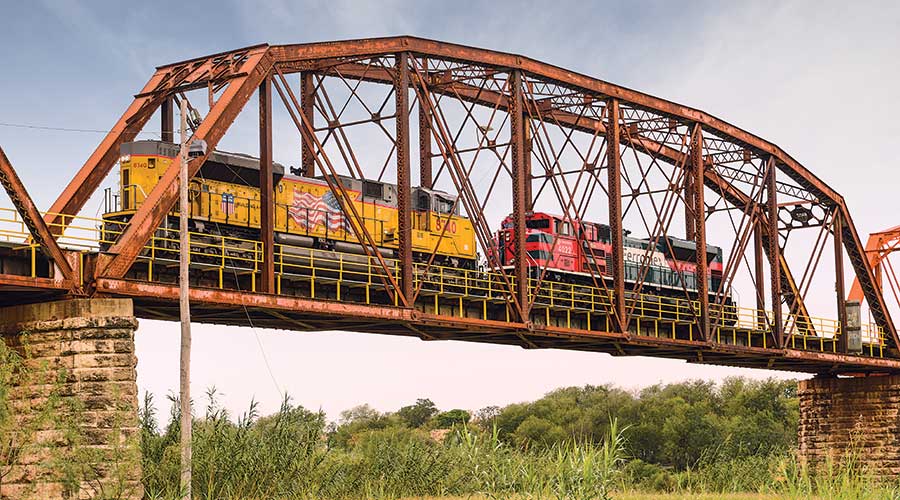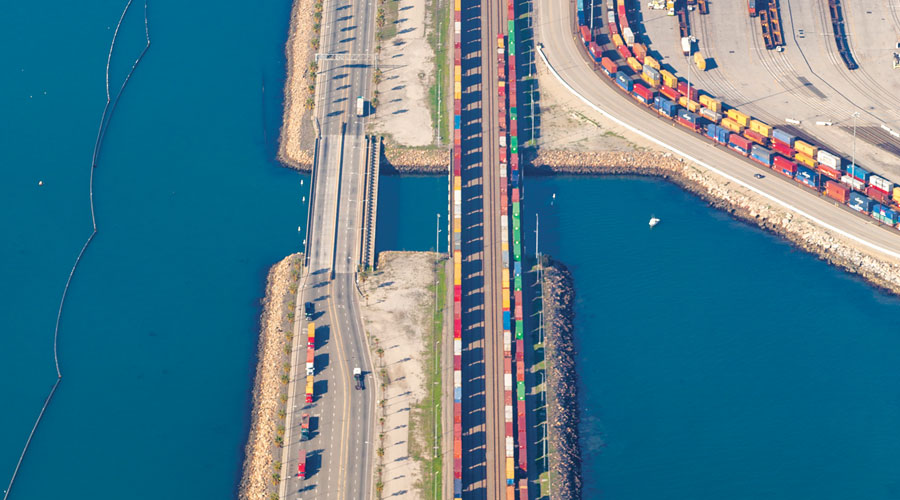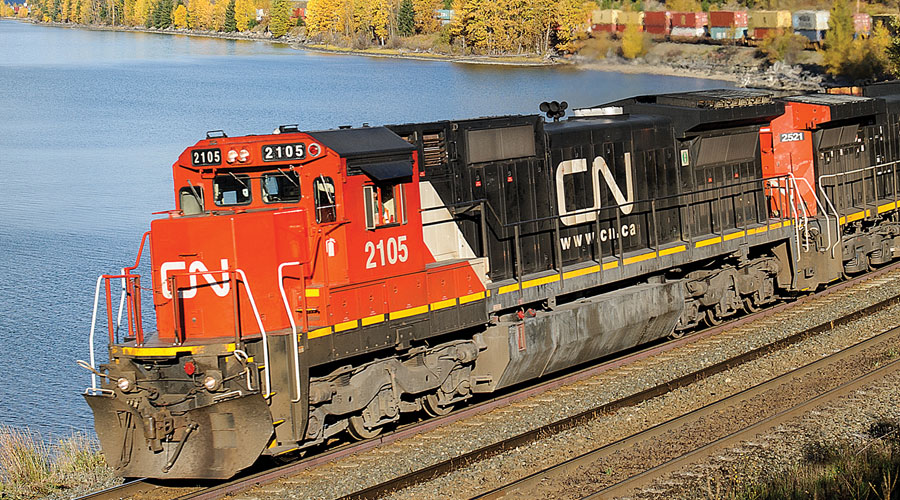Stay updated on news, articles and information for the rail industry
December 2007
Rail News: Intermodal
10-step program
Entitled “Leveraging the Freight Network: 10 Steps to Improved Modal Connectivity,” the 22-page report states the need to:
- reinforce the importance of funding intermodal connector projects;
- expand the definition of those connectors to include more facilities and roads;
- support infrastructure projects outside terminals using federal pre-emption;
- make freight a federal issue by using new perspectives on national and local political roles;
- strengthen the Highway Trust Fund (HTF) by raising and indexing fuel taxes;
- maintain the HTF “firewall” to ensure taxes collected aren’t diverted to other uses;
- emphasize environmental issues to ensure emphasis on the prudent use of fuel resources;
- adapt the airport passenger facility charge model to intermodal as a funding source;
- develop projects to encourage simultaneous growth of freight and passenger systems; and
- launch a short sea shipping pilot program with new incentives to develop its potential.
Produced by the National Center for Intermodal Transportation and the Foundation for Intermodal Research and Education, the report is based on interviews with key transportation, government and association leaders.
Finkbiner, who chairs the University of Denver’s Intermodal Transportation Institute, previously served as president of Pacer Stacktrain and vice president of intermodal for Norfolk Southern Railway. A principal consultant for T. Prince and Associates L.L.C., Prince previously was VP of intermodal and international for Kansas City Southern, chief operating officer for the North American services of “K” Line and senior VP of intermodal management for Optimization Alternatives Ltd. 
| Intermodal volume ‘holds its own’ in 3Q, IANA says
Declining imports from Asia and sluggish domestic traffic demand took a toll on third-quarter intermodal volume, which decreased 2.2 percent compared with third-quarter 2006’s total. But overall, intermodal volume “held its own” in the quarter, according to the Intermodal Association of North America’s (IANA) quarterly intermodal market report. |
| NS digs in on tunnel portion of ‘heartland’ corridor
The key tunnel portion of Norfolk Southern Railway’s Heartland Corridor project is under way. In late October, crews began raising vertical clearances in some of the 28 tunnels on the intermodal route between the port of Hampton Roads, Va., and Chicago, launching a three-year engineering project aimed at increasing the corridor’s freight capacity. |


 LRW Honors Amtrak’s Acheson As Railway Woman Of The Year
LRW Honors Amtrak’s Acheson As Railway Woman Of The Year
 From Editor-In-Chief Foran: Of Gender Equity And Inclusion
From Editor-In-Chief Foran: Of Gender Equity And Inclusion
 Spotlight On Some Of Today’s Rail Safety Products
Spotlight On Some Of Today’s Rail Safety Products
 Women of Influence in Rail eBook
Women of Influence in Rail eBook
 railPrime
railPrime







